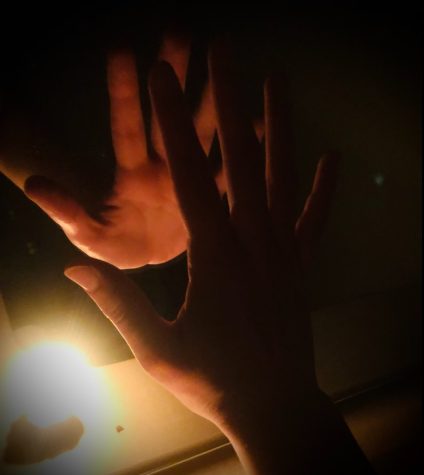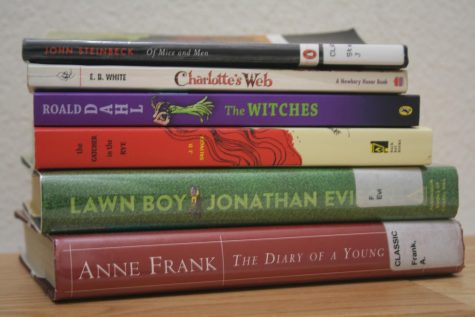Cultural appropriation harms marginalized
December 16, 2019
Four white Colorado State University students were pictured in an Instagram story wearing blackface this September, hands crossed in front of their chest, captioned “Wakanda forevaa,” a reference to Marvel’s “Black Panther.” Students at CSU were infuriated. After university President Joyce McConnell emailed a response to the event, students took to social media and even to covering the campus’s sidewalks with messages in chalk, angered that CSU was doing virtually nothing to combat this racist act.
Blackface, or the act of a nonblack person wearing dark makeup to imitate an African American, has been an appalling part of society in America since before the 19th century, when it was used as a form of entertainment to mimic and ridicule African Americans, portraying them with a “savage” nature and making them seem buffoonish or outlandish.
“Now blackface has changed from what it has historically been,” Azandria Hudson, president of the African American Student Society, said. “It seems like people want to use black culture as a costume, and that they want to be black when it’s convenient for them. It’s offensive to take parts of a culture that doesn’t belong to you. You see it in little things such as Halloween costumes but also in daily life. It is much less apparent than it used to be and doesn’t only mean people literally painting their face black. There are other elements that many don’t realize is still blackface.”
Blackface is an obvious show of racism and discrimination that should not be practiced in any way today. What is much less apparent, however, is cultural appropriation, which is the adoption of elements of one culture by another with a disregard for historical or cultural importance, often taking elements of a culture out of context.
Cultural appropriation can be seen in Halloween costumes such as ninjas, Native Americans, geishas, “gypsies,” etc., but additionally in everyday life, with clothing pieces, jewelry, and hairstyles. Cultural appropriation has much to do with power and represents a system that empowers majorities to take what they want from minorities without repercussions.
Cultural appropriation continues to harm minorities, as well as society in general, through reinforcing stereotypes and often overlooking the hardships minorities face.
“It’s kind of like a slap in the face,” Hudson said. “People want to be black when it’s convenient for them. They want to tan until they’re as dark as me, but they don’t want any of the struggles that come with being black.”
There has been much debate about the difference between cultural appropriation and cultural appreciation, as the line is often blurred. Cultural appreciation is when elements of a culture are used while honoring the source.
“Intention and sincere understanding are the gray area. I think that is why it’s such a controversial topic—because the line is not drawn through an exact science,” Tiana Song, adviser of the Asian Student Organization, said. “Understand that appropriation reinforces stereotypes and know the difference between cultural appropriation and cultural appreciation. It affects all cultures and all dynamics of different groups. Just be aware of your actions.”
When dealing with both blackface and cultural appropriation in general, it is essential to be educated on the history of others and the importance of aspects in their culture, as well as to make sure you are not reinforcing harmful stereotypes and oppression. Be careful of the context in which you use elements of another culture, be aware of what that element means to a culture, and give credit for ideas you have taken. Respect for others is never negative.







